Six Berry-Producing Superstars for Wildlife
Six Berry-Producing Superstars for Wildlife
Exerted from: All Animals, Jan/Feb. 2013, The Humane Society, Ruthanne Johnson, pp 34-35
February, 2013
Berries are a favorite and oftentimes critical food source for wildlife. Most native berries are rich in fats and protein. They also provide additional indirect nutrition in the form of the insects that also eat the berries and become even more food for birds, mammals, and reptiles. Here are 6 superstar plants renowned for their benefits to wildlife.
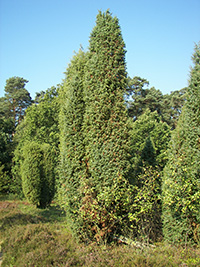
Junipers: Provide roosting sites, shelter, and berries. The berries are rich in carbohydrates and fate. Avoid some non-native varieties that don’t produce berries.
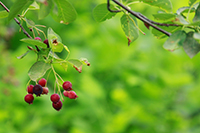
Serviceberry Tree: This genus includes about 20 native species and is sometimes called Juneberries (berries ripen in June). Both birds and mammals, including deer like the fruit.
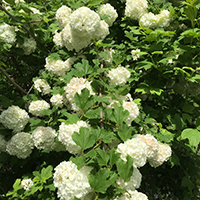
Viburnum Bush: Most viburnums require another viburnum nearby for pollination and berry formation to take place. Mammals and birds, as well as beneficial insects including butterflies savor the protein and fat rich berries.
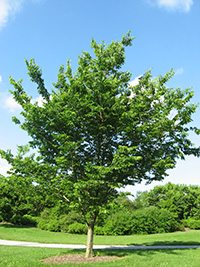
Common Hackberry Tree: This hardy deciduous tree is often found in urban settings. Small mammals, many bird species, and butterfly and moth species readily consume the nutritious berries.
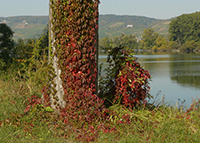
Virginia Creeper: The berries from this common drought-resistant vine are toxic to humans and small pets. However many migrating birds and small mammals feast on the bluish-black fruit. Dozens of moth species also benefit from this plant.

Black Cherry Tree: its spring blossoms attract many pollinators, while its summer – autumn fruit provides abundant sustenance to numerous animal species.



